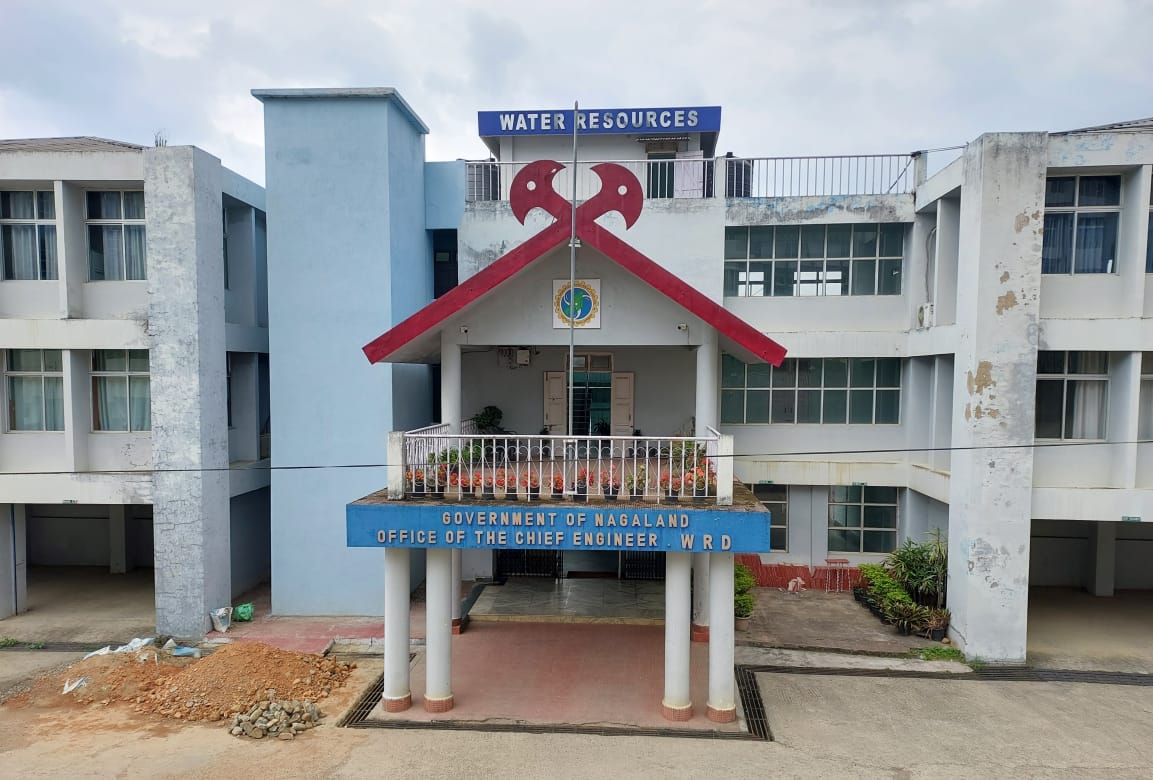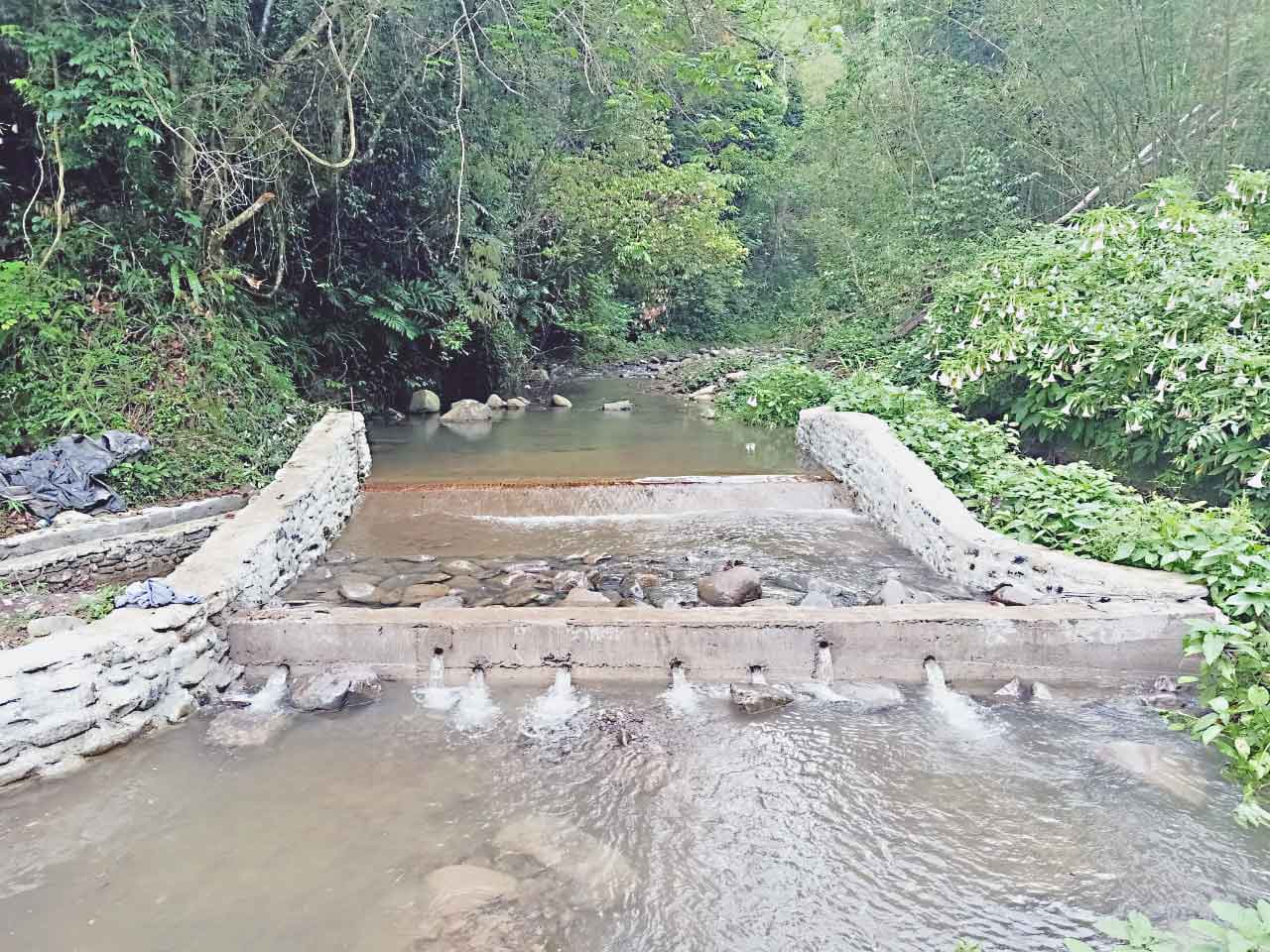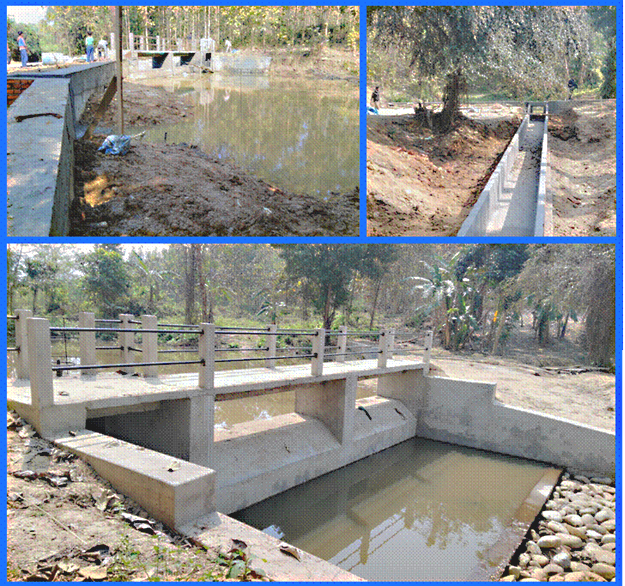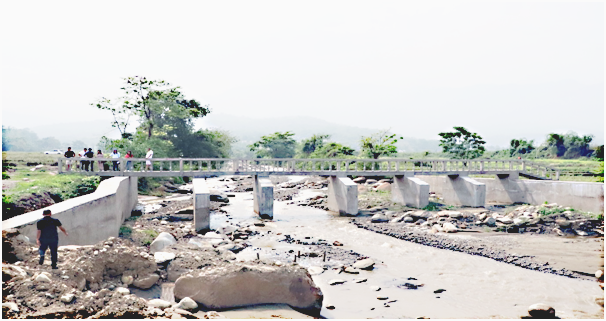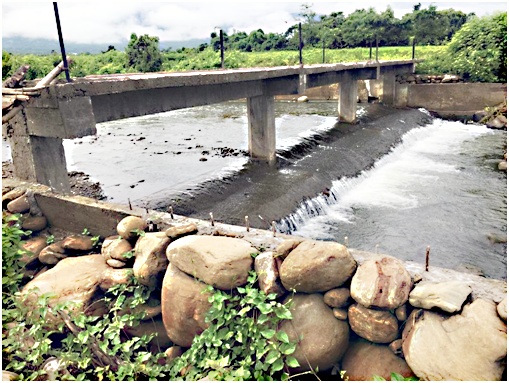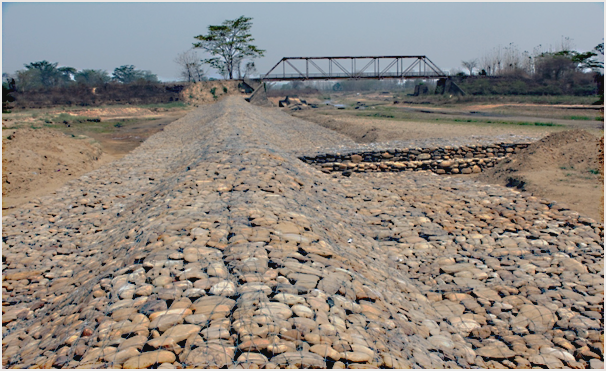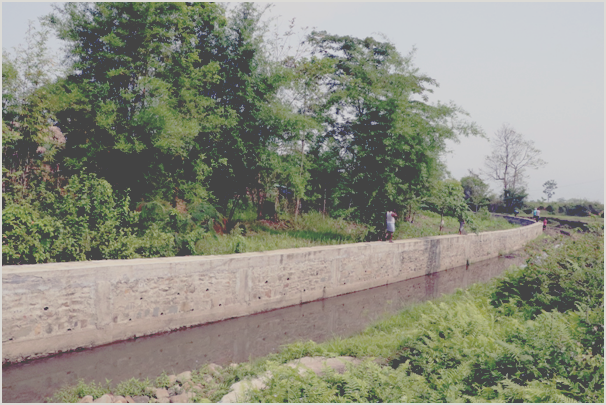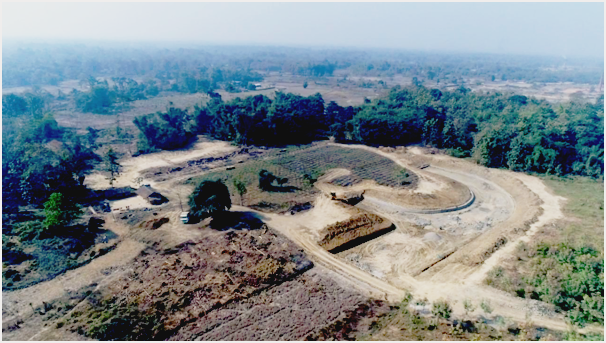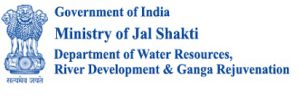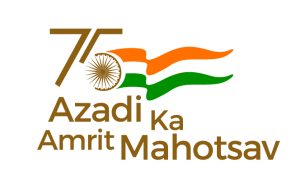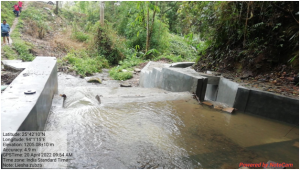
About us
The Department of Irrigation was established as an independent entity in Nagaland by Notification No.AGR/ESTT-11/85 on July 30, 1987, following the bifurcation of the Engineering Wing from the Department of Agriculture. Initially multidisciplinary, the former wing handled a variety of tasks including construction of minor irrigation systems, anti-erosion measures, building projects, land reclamation, and the management and maintenance of farm machinery and equipment.
Operating independently from April 1, 1988, and initially led by a Joint Director—who was later redesignated as Superintending Engineer—the Department focused on irrigation initiatives. In 1992, it was renamed the Department of Irrigation and Flood Control (I & FCD) to better reflect its expanded responsibilities. That same year, the Department moved into a newly purchased building at Officer’s Hill, Kohima, which became the location for the Directorate of Irrigation and Flood Control.
By 2005, the Department had fully expanded, mirroring the structure of other major engineering departments in the region. It was headed by a Chief Engineer with delegated powers equivalent to those of his peers in other departments. The organizational structure included Additional Chief Engineers, Superintending Engineers, Executive Engineers, Sub-Divisional Officers, Junior Engineers, and other technical and ministerial staff essential for its operation.
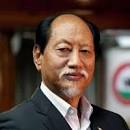
Shri. Neiphiu Rio
Chief Minister of Nagaland
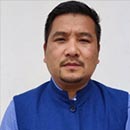
Shri. Tongpang Ozukum
Advisor ,Water Resources
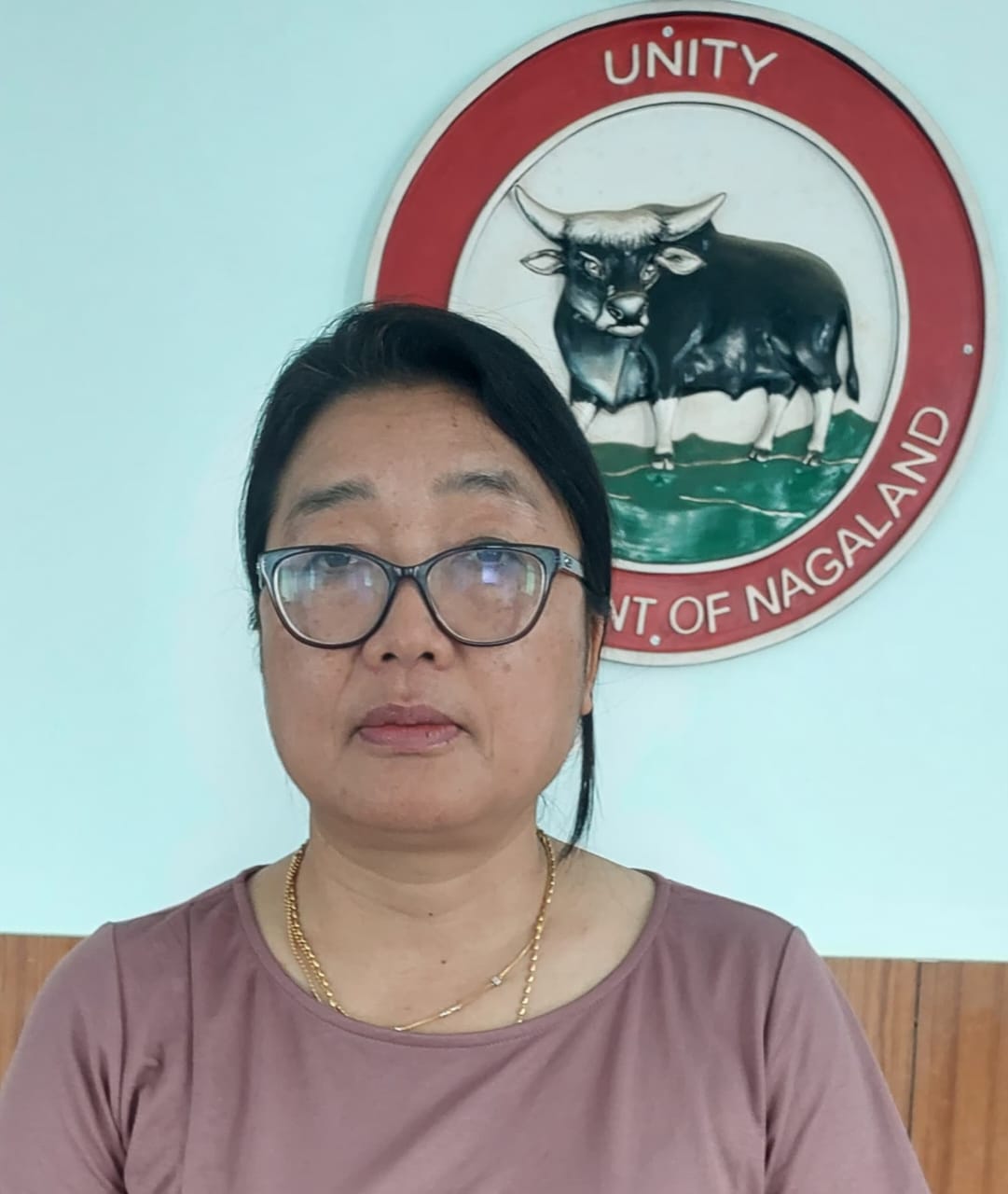
Asangla Imti, IAS
Secretary
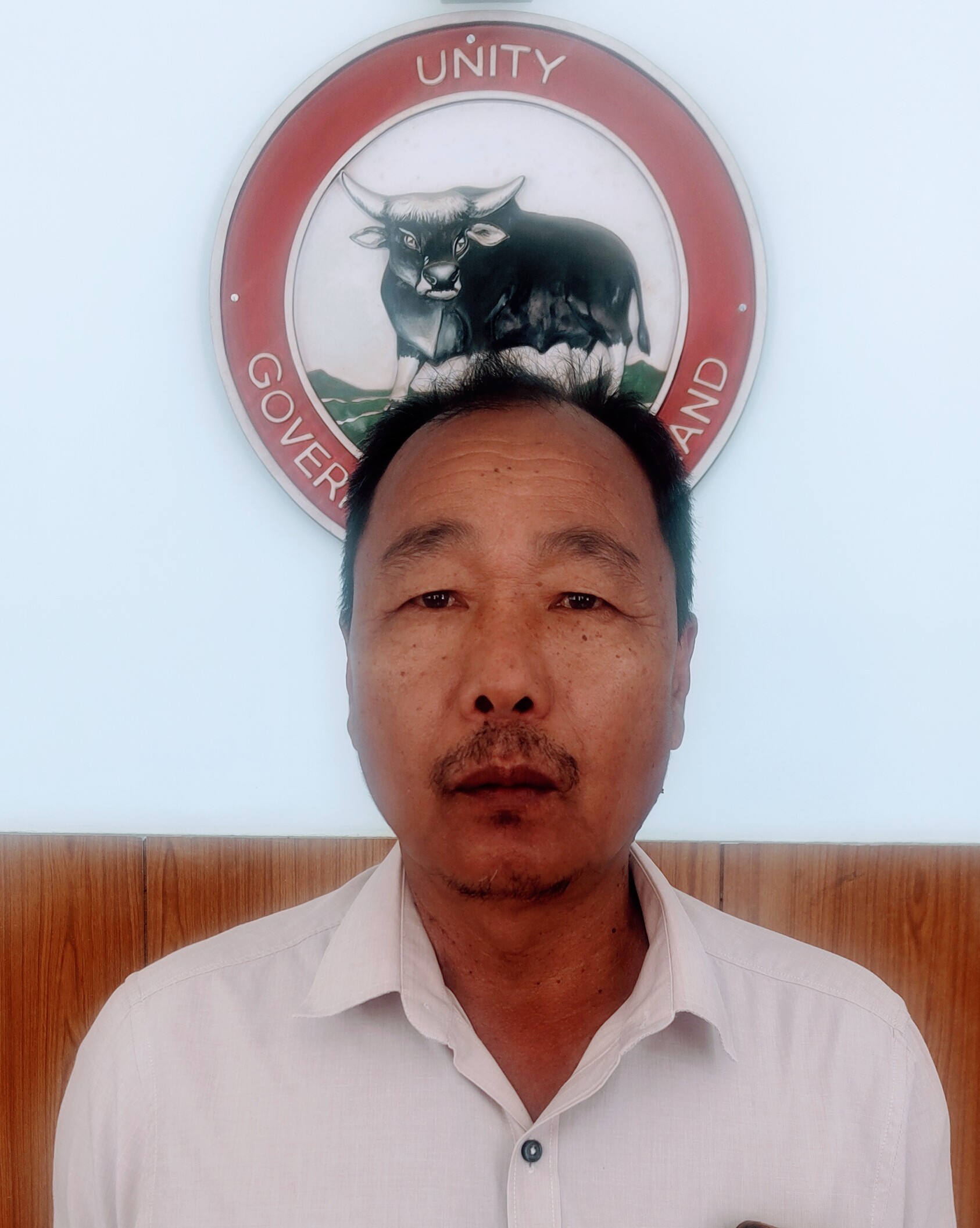
Er. Thepfusalie Guozi
Chief Engineer, Water Resources

